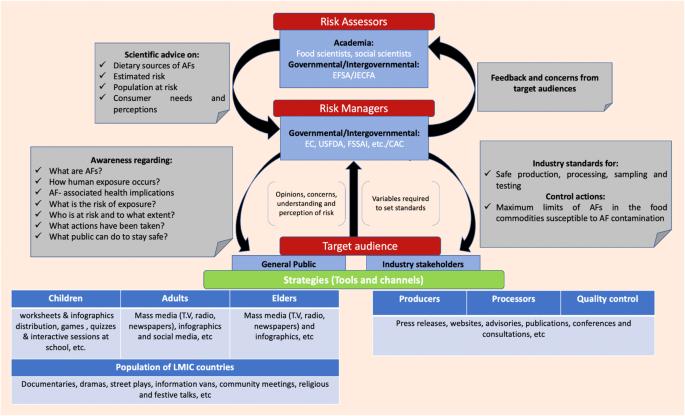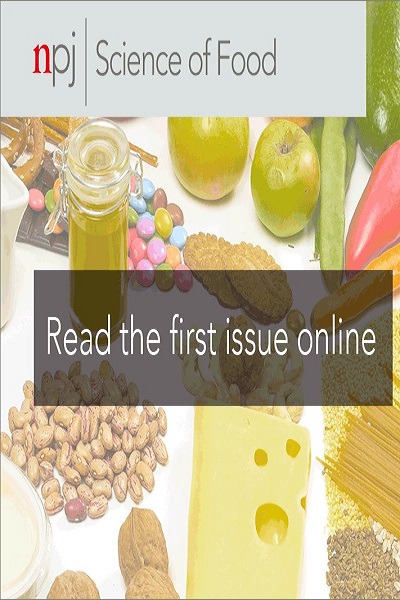一个沟通与黄曲霉毒素相关风险的模型框架。
IF 6.3
1区 农林科学
Q1 FOOD SCIENCE & TECHNOLOGY
引用次数: 0
摘要
风险沟通被定义为在整个风险分析过程中,所有食品安全利益相关者之间就风险、风险相关因素和风险认知进行信息和意见的互动交流。信息的互动交流发生在三个不同的层面,即知情层面、对话层面和参与层面。对于有效的食品安全风险沟通(FSRC),重要的是信息应遵循风险沟通的核心原则,即透明度,开放性,响应性和及时性。在风险沟通策略的所有组成部分中,食品安全风险的沟通构成了一个复杂的信息流网络,可以在框架的帮助下更好地理解。因此,已经开发了一个模型框架来传达与黄曲霉毒素(AFs)饮食摄入相关的风险,目的是(a)提高公众的普遍意识,(b)让行业利益相关者参与风险的预防和控制。该框架的动力来自已确定的风险沟通技术指导文件中概述的经验教训和最佳做法。风险评估人员、风险管理人员、行业利益相关者和一般公众已被确定为本框架的主要利益相关者。其中,行业利益相关者和公众被选为风险管理者的主要目标受众。此外,居住在低收入和中等收入国家的人口已被确定为要达到的主要目标群体。本文章由计算机程序翻译,如有差异,请以英文原文为准。

A model framework to communicate the risks associated with aflatoxins
Risk communication is defined as the interactive exchange of information and opinions concerning risk, risk-related factors and risk perceptions amongst all the stakeholders of food safety throughout the risk analysis process. The interactive exchange of information occurs at three different levels i.e. informed level, dialogue level and engagement level. For an effective food safety risk communication (FSRC), it is important that the information should adhere to the core principles of risk communication which are transparency, openness, responsiveness and timeliness. Communication of a food safety risk within all the components of risk communication strategy constitutes a complex network of information flow that can be better understood with the help of a framework. Therefore, a model framework to communicate the risks associated with aflatoxins (AFs) dietary intake has been developed with the aim of (a) creating general awareness amongst public and (b) involving industry stakeholders in the prevention and control of risk. The framework has been motivated by the learnings and best practices outlined in the identified technical guidance documents for risk communication. Risk assessors, risk managers, industry stakeholders and general public have been identified as the major stakeholders for the present framework. Amongst them, industry stakeholders and general public has been selected as the major target audience for risk managers. Moreover, population residing in low- and middle-income countries (LMIC) has been identified as the main target group to reach.
求助全文
通过发布文献求助,成功后即可免费获取论文全文。
去求助
来源期刊

NPJ Science of Food
FOOD SCIENCE & TECHNOLOGY-
CiteScore
7.50
自引率
1.60%
发文量
53
期刊介绍:
npj Science of Food is an online-only and open access journal publishes high-quality, high-impact papers related to food safety, security, integrated production, processing and packaging, the changes and interactions of food components, and the influence on health and wellness properties of food. The journal will support fundamental studies that advance the science of food beyond the classic focus on processing, thereby addressing basic inquiries around food from the public and industry. It will also support research that might result in innovation of technologies and products that are public-friendly while promoting the United Nations sustainable development goals.
 求助内容:
求助内容: 应助结果提醒方式:
应助结果提醒方式:


